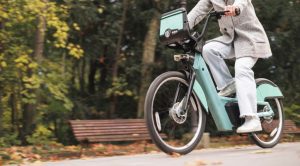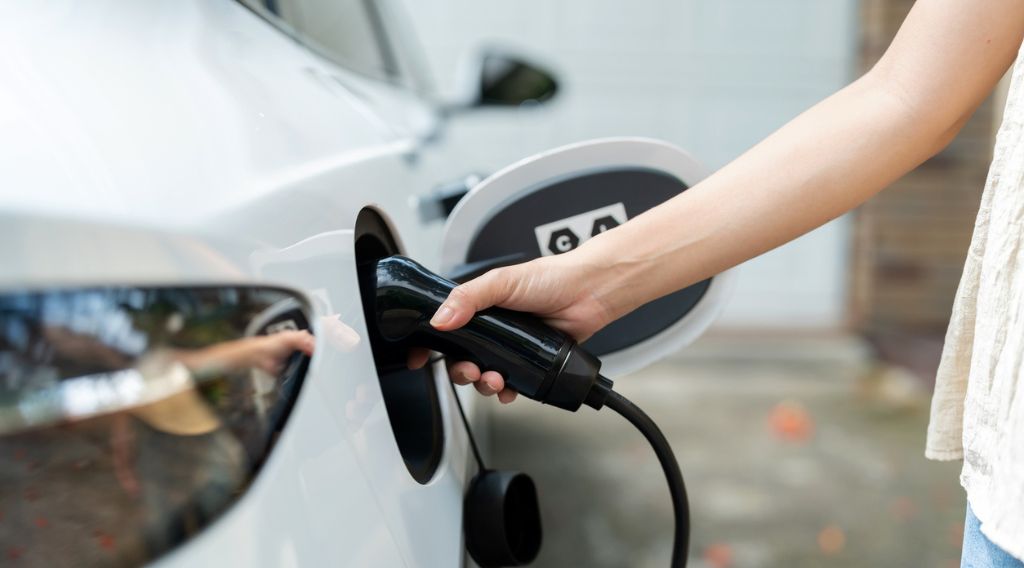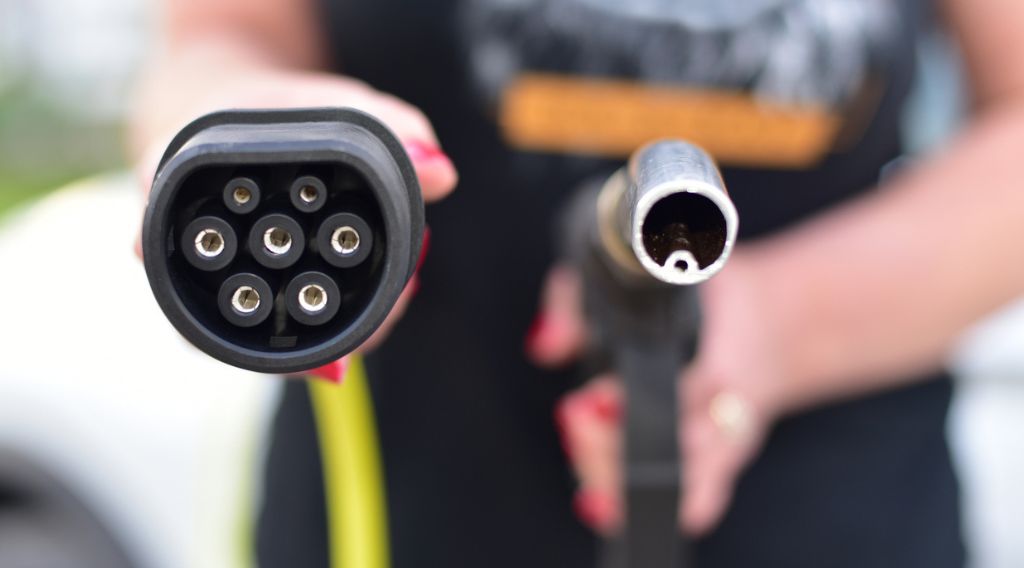
Electric bikes (e-bikes) have taken the United States by storm. Whether using a traditional e-bike to commute up a particularly daunting hill, an e-cargo bike to get a child to school, or an e-bikeshare bike to meet friends for dinner, the comfort and convenience provided by a small electric motor allow folks of a broad range of ages and abilities to hit the streets.
While the growth of e-bike popularity has presented new challenges, especially regarding charging and storage, it has also created new opportunities for electric mobility to change how people navigate within their communities. E-bikes have the potential to play a large role in supporting a reliable and affordable transportation ecosystem that does not rely on personal automobiles, a core component to GPI’s efforts to decarbonize the transportation sector.
This is part one of a three-part series on the growing role of e-bikes within the transportation landscape. Future posts will explore the state of public charging and storage for privately owned e-bikes and the role of electric bikeshare operations that continue to expand throughout the country.
Why e-bikes?
To begin, it’s important to recognize that the word “e-bike” can conjure a range of images. In the United States, e-bikes are generally separated into three classes, which often determine where a particular e-bike is allowed to be ridden:
- Class 1: An e-bike that offers electric assistance only while pedaling until the bike reaches 20 miles per hour.
- Class 2: An e-bike with a throttle that can power the bike without pedaling up until the bike reaches 20 miles per hour.
- Class 3: An e-bike that offers electric assistance only while pedaling until the bike reaches 28 miles per hour.
Regardless of class, the benefits of e-bikes remain the same. E-bikes give the rider a boost that can be helpful when traversing hilly terrain or hauling cargo (including people) and allow riders to reach longer distances with less effort. Equally important, e-bikes provide an opportunity for riders who may not have the physical ability to adequately use a traditional bike to get on the saddle.
The combination of added functionality and a broad user base puts e-bikes in a position to help households reduce car trips, which is vital to GPI’s goal of reducing transportation emissions and can save families money and increase physical activity.
Growing popularity of e-bikes amid public investment
According to the market research group Circana, e-bikes accounted for 63 percent of the growth in sales of all bicycles between 2019 and 2023. This growth was spurred by investment from the public sector, often through rebate programs for residents, who viewed e-bikes as a cost-efficient way to promote sustainable transportation options.
For example, Minnesota launched an e-bike rebate program in 2024. Originally, the state legislature allocated $2 million to provide up to $1,500 in rebates for an individual to put toward an e-bike. There was enormous interest, leading to the application portal closing after 18 minutes and a waiting room reaching more than 61,000 hopeful applicants. After a review of the effort and public feedback, the program was adjusted in 2025 with the following modifications:
- The program was changed to a lottery system instead of first-come, first-served.
- Eligibility now requires residents to be under a certain income level or have a disability to qualify.
- The rebate was lowered to $750 to provide the incentive for more applicants.
A similar program has existed in Colorado since 2023, providing 7,985 rebates. Information provided in September 2024 stated that of rebate recipients, 18 percent live in rural communities, 35 percent are 55 years or older, and 88 percent qualify as low-income. Additionally, Colorado implemented a tax credit program that is available to all state residents, regardless of income, and provides a $450 discount at a participating retailer.
State governments aren’t the only entities investing in e-bikes. Columbus, Ohio, provides incentives ranging from $700 to $2,000 depending on household income and e-bike type. Ava Community Energy in Alameda County, California, recently launched a program that will use a lottery system to provide instant rebates ranging from $400 to $1,500 to its customers to put toward a traditional, cargo, or adaptive e-bike (i.e., handbike, trike, recumbent, etc.)
E-bike opportunities and challenges
E-bikes have risen in popularity in the United States in a matter of years, and their popularity will continue to grow with public sector investment, new suppliers entering the market, and infrastructure improvements making cycling safer and more convenient.
This growth is leading to new users every day, and with them, new challenges, including secure storage and public charging, especially for those who live in multifamily buildings or don’t have access to a garage.
Stay tuned for the next entry in our e-bike blog series, which will explore these challenges and how the public and private sectors are working together to solve problems and ensure the e-bike revolution continues.
Reach out to GPI at info_transportat[email protected] to learn more about how your community can support and prepare for the growing shift toward electric mobility, from bikes to cars.


